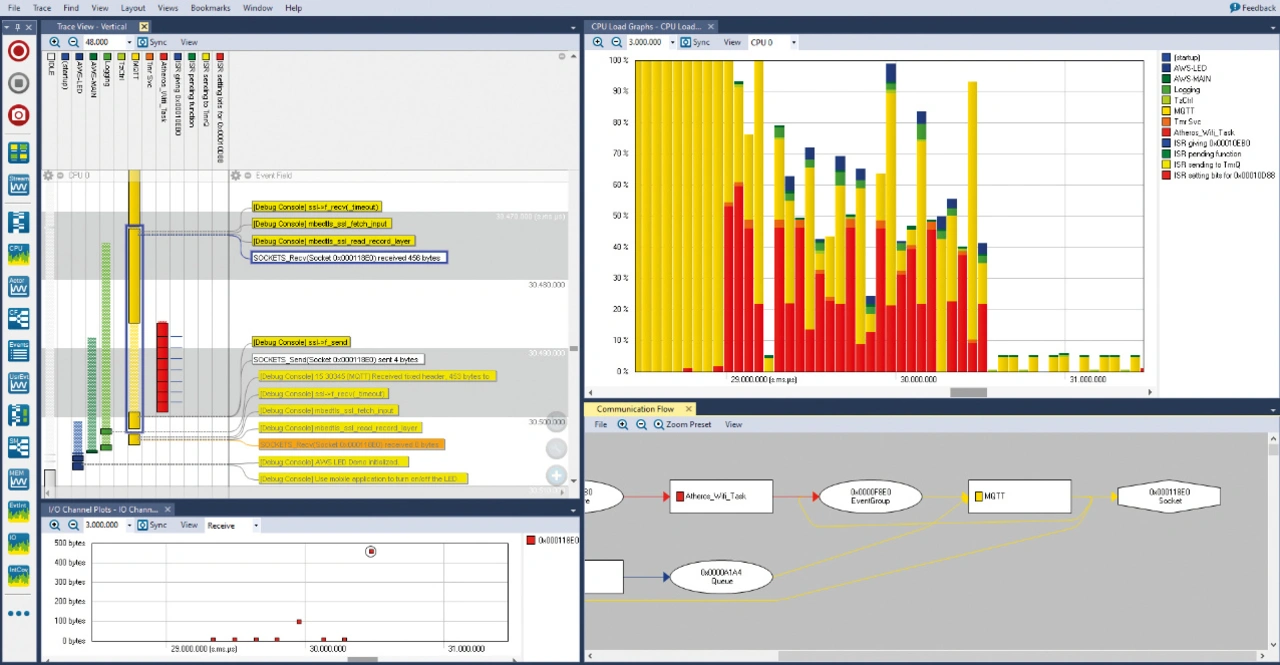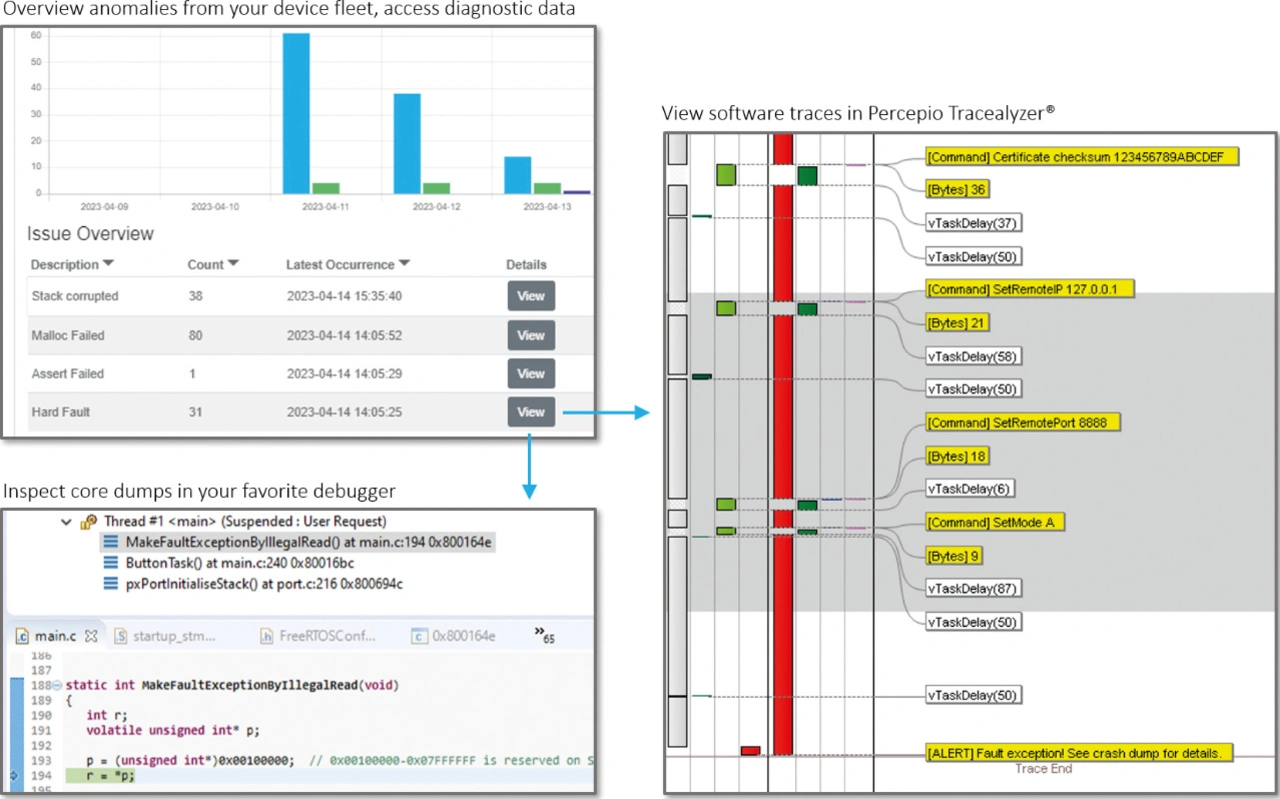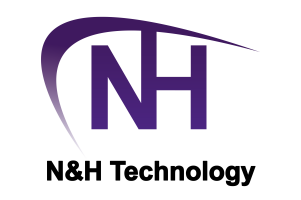Andreas Lifvendahl, CEO Percepio
Software ensures progress in hardware
Andreas Lifvendahl has been the new CEO of software developer Percepio since January. The company develops applications for software debugging and tracing. Find out why software is becoming important in the competitive hardware market and what contribution Percepio is making here in this interview.
Percepio seems to be pursuing an ambitious growth strategy lately – new CEO, strategic partnerships, major product updates. What can we expect for 2024 and beyond?
Andreas Lifvendahl: Indeed, this year promises to be transformational for Percepio. We believe we are at a tipping point after a few years of more linear growth. The underlying concept here is value realization. Percepio has built excellent observability and visualization tools which provide valuable pieces for our customers to solve the puzzle of understanding and optimizing increasingly complex embedded systems. As we are now expanding our methodology and platform to support more stages of the product lifecycle – from development and testing through to deployment and maintenance – a broader spectrum of users within our customers’ organizations experience the benefits of our solutions.
The wider industry is also taking notice as software complexity explodes. Our recently announced co-operation with Lynx Software Technologies is one example. It has become obvious that comprehensive observability is critical to accelerate the development of highly complex systems.
How has the need for embedded software observability changed in recent years? What market dynamics or technology trends are you responding to?
It is a »perfect storm« of trends making full-stack observability a necessity. The complexity in embedded systems continues to grow, with multi-threaded distributed platforms, containerization, new sensors or communication protocols. In addition, following the IoT paradigm, most products today are connected out in the field, requiring edge computing capabilities. And as with all things connected, cyber vulnerability is a concern. Deployed IoT products are also often integral to providers’ business models, so real-time insights and continuous updating are critical not only for product quality, but also for commercialization.
From a technology viewpoint, we have a generation of software developers used to highly abstracted development, which hides underlying complexity and only works until problems or attacks occur. This trend runs alongside the move towards Continuous Integration/Testing (CI/CT), which removes the hard borders between the different product development phases. In other words – development never stops. Furthermore, big data or machine learning are also highly relevant. Observability and visualization are really two sides of the same coin: Observability enables you to see, visualization to understand. Playing with our company name, it could be phrased as developers need both perception and cognition.

As devices and software grow more complex, how mission critical does observability become?
I would say observability ranges from critical to extremely critical. To give an example: DevOps has more or less merged into DevSecOps as we now face malicious intent in addition to bugs and hardware faults. And as with all faults, issues and attacks, time is of essence – the quicker the root cause can be identified, the quicker damage can be mitigated. And as I alluded in my previous reply, business models typically rely on reliability and availability, as well as constant improvement and maintenance »on the fly«. For safety critical systems, regulatory standards also enforce a culture of always being in the know.
In addition to your flagship ‘Tracealyzer’ tool, you now also offer ‘DevAlert’. What are the implications for customers looking to follow Percepio’s development methodology, and what synergies do you see between these two products?
They should be viewed as one seamless, comprehensive observability and visualization solution, rather than two independent products (albeit they can certainly be used like that). While Tracealyzer has traditionally helped software developers to improve the efficiency and reliability of their code thanks to the deep observability the tool provides, DevAlert extends that observability reach to deployed devices. When used in combination, the tools provide a unique solution for continuous testing and integration. Our tools and methodology not only connect developers from their desktop to deployed devices; they also connect and facilitate co-operation between different teams and corporate roles. So, from a technical perspective, we provide deep observability, but organizationally also broad observability across functions – designers, developers, testers, DevOps, product and commercial management all get the same data and insights.

What customer verticals or use cases represent the best opportunities for growth in the next few years?
In general, the value we provide increases with the cost of failure, so this represents the largest growth potential. High cost of failure can be viewed in two dimensions: Volume, such as large fleets of deployed IoT devices, and safety critical systems, like medical devices, automotive, aerospace or defense, where cost of failure can extend beyond monetary value.
What talent, infrastructure, or other resources will be important for you to scale up rapidly? What are the biggest challenges ahead?
Good partners are critical for leverage and as force multipliers. Our partnership with Lynx Software Technologies is a good example. Visionary lead customers who embrace our observability methodology by using Tracealyzer and DevAlert throughout their lifecycle are also instrumental. The learning we gain from them provides answers to what talents, expertise, and resources we need to acquire.
You have partnerships with major players like Arm, AWS, Lynx or Renesas. How are these relationships and co-innovations paying off?
These partnerships are critical and will play an increasing role. Compared to these partners, we are a small player. But we provide our piece to a larger puzzle, unlocking the full value of their innovation investment. I believe software enables hardware innovation. To give an example: New hardware features like safety and cyber protection can only fully realize their value through structured real-time observability and insights.
What gets you most excited about the future of Percepio and the embedded observability market in general? Where do you see things in 5 years?
I can’t be fully transparent but let me phrase it this way: The products we provide today, Tracealyzer and DevAlert, are means to an end and not our final destination. AI will play an increasing role across the embedded industry, driving efficiency in product development and software coding, but also adding a layer of obscurity on what is really going on (and what is the root cause of issues). For deployed devices, we may see an AI arms race between attacks and safeguards. Here, Percepio can play an instrumental role, providing time-critical observability and insights.
Is AI having an impact on software development today and what role will it play in the coming years?
AI solutions like Microsoft Copilot already speed software development by proposing suitable code snippets. But writing code is a relatively small part of software development. Testing and debugging require much larger effort and are often ineffective today, causing bugs and vulnerabilities to remain undetected in released products. While a universal debug AI is very difficult, I expect advances here in coming years.
Will we see you at embedded world 2024, and how does it feel to be back in the »embedded world«?
I will certainly be there and look forward to reconnecting with the industry. Percepio’s products will be on display at the Zephyr Pavilion, and I encourage everyone to stop by to check out our latest innovations in helping developers maximize productivity and product quality.
Thank you very much for the interview, Mr. Lifvendahl.








